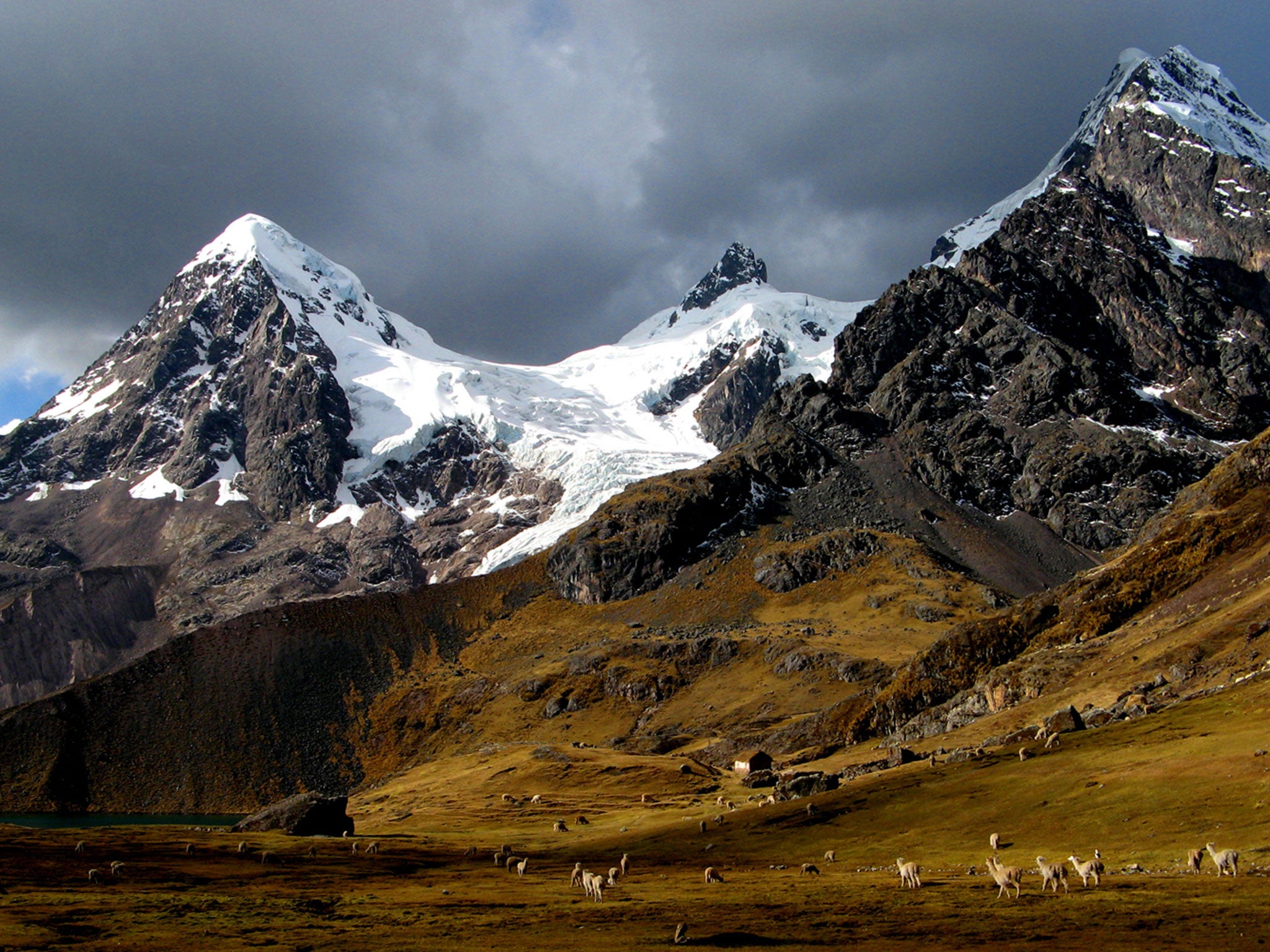Injured Spanish caver finally saved after 12-day rescue effort in Peruvian Andes
100 per cent humidity and 10,000ft altitude had hampered attempts to get Cecilio Tercero López to safety sooner

Your support helps us to tell the story
From reproductive rights to climate change to Big Tech, The Independent is on the ground when the story is developing. Whether it's investigating the financials of Elon Musk's pro-Trump PAC or producing our latest documentary, 'The A Word', which shines a light on the American women fighting for reproductive rights, we know how important it is to parse out the facts from the messaging.
At such a critical moment in US history, we need reporters on the ground. Your donation allows us to keep sending journalists to speak to both sides of the story.
The Independent is trusted by Americans across the entire political spectrum. And unlike many other quality news outlets, we choose not to lock Americans out of our reporting and analysis with paywalls. We believe quality journalism should be available to everyone, paid for by those who can afford it.
Your support makes all the difference.After 12 days trapped deep underground in a remote corner of the Peruvian Andes, a critically injured Spanish caver was finally saved on Tuesday night.
Cecilio Tercero López suffered a suspected broken back on 18 September when his harness snapped as he neared the end of a marathon abseil down a 1,200ft shaft in the Intimachay Cave, in precipitous cloud forest in the Chachapoyas region, 400 miles north-east of Lima.
Initially his chances of survival seemed slim. The shaft lay at the end of an underground river more than 1,000 yards long, with stretches so narrow a grown man could barely squeeze through them. Humidity in the cave is 100 per cent while the 10,000ft altitude intensifies the exertions of any would-be rescuers.
But an extraordinary rescue effort, that has seen more than 40 cavers from Spain, France and Peru fly into the region, eventually secured a happy ending.
On Monday, the rescuers managed to haul Mr López, who was strapped into a stretcher to immobilise his spine, half way up the shaft. They finally managed to bring him all the way to the cave mouth on Tuesday night.
The team first reached him last week and built a tent using emergency blankets to protect him from dripping water, while a paramedic administered sedatives. Mr López was said to be “stable” and in good spirits, and able to wiggle his feet.
It is thought the length of the operation is down to attempts to widen the narrowest parts of the horizontal tunnel between the cave mouth and the top of the shaft.
In a letter published on Tuesday on a blog set up by the rescue team, Mr López, began: “Greetings from the depths of the earth. First, stay calm, Mum (you know how they [mothers] are).”
He then went on to thank a long list of friends and rescuers, including “the paramedics who help the pain to go away with the little drugs they stick into my veins”.
He concluded by noting that the accident had taught him “the quality and quantity of friends that I have”.
A veteran professional caver, Mr López had been visiting the region, famous for its cliffside mummies of the Chachapoyas kingdom, on caving expeditions since 2003. He has also trained cavers in Peru and Spain, including the Spanish military.
The Spanish government refused to contribute to the cost of the operation.
Subscribe to Independent Premium to bookmark this article
Want to bookmark your favourite articles and stories to read or reference later? Start your Independent Premium subscription today.
Join our commenting forum
Join thought-provoking conversations, follow other Independent readers and see their replies
Comments